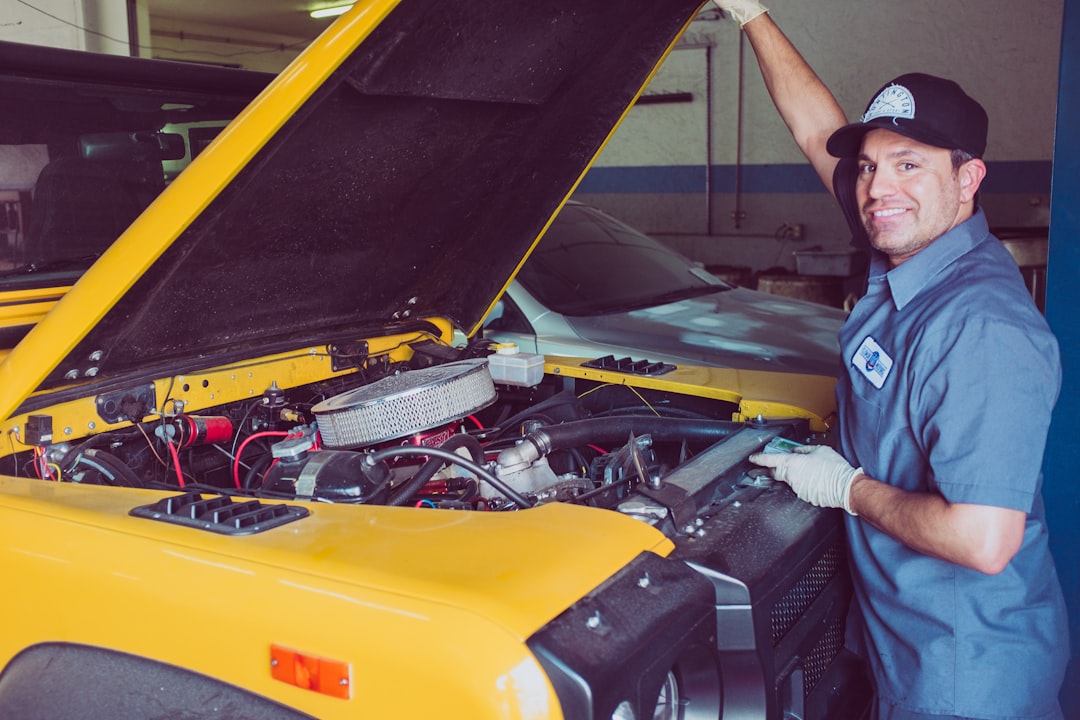A Simple Plan For Researching

The design and performance of well casing centralizers is vital to the successful completion of wells. They provide restoring pressures as well as minimize casing drag during cementing operations. Readily available in dimensions varying from 4 1/2 inches to 20 inches, centralizers are offered in common and also personalized styles. Centralizers are offered in carbon fiber and also ceramic materials, with the latter using a reduced rubbing surface area to minimize circulation restrictions as well as enhance equal circulating thickness. The spring bow of a centralizer applies recovering pressure at the point of contact with the limited inside diameter of the covering. The toughness of the bring back force relies on the quantity of compression related to the spring bow. When spring bows are overstressed, they are unable to generate sufficient recovering pressure to appropriately sustain housing. A springtime bow can only generate a bring back force of 1/3 of its original height when correctly compressed. Another style of centralizers has an inexpensive, low-profile design. A bow springtime centralizer is an older, inexpensive alternative that supplies complete centralization in upright as well as somewhat deviated wells. Strenuous blade centralizers are another choice, as they are extra stable and sustain the casing’s weight. A centralizer is a fundamental part of well casing installment, making sure the appropriate alignment of the casing and borehole for a tight and also efficient seal. It aids stop differential sticking of the housing throughout setup. In addition, it lowers the amount of drag triggered by the casing when it is running through the borehole. It additionally helps prevent the casing from bowing or distorting, which will impact the honesty of the annular sealant as well as prevent adherence between the casing as well as cement. Furthermore, a directly well will allow the setup of pumps, tasting devices, and sensors. A systematizing tool is affixed to the casing at routine intervals. It helps to centralize the housing within the borehole, making sure that the concrete is evenly dispersed throughout. These tools have an outside diameter that is smaller sized than the inside size of the bore hole. Some may use a spring loaded system that presses to fit the borehole ID. Casing centralizers keep the casing from touching the walls of the wellbore. Nevertheless, the layout of centralizers need to be based upon the real physics of the well. The centralizers must be strong adequate to support the weight of the housing. The weight of the centralizers establishes just how much stress they need to put in on the casing string. Centralizers have been made use of in the oil market for many years. One of the most typical type of centralizer has 2 collars and an outwardly-directed springtime bow. This springtime bow engages the wellbore wall as well as holds the tubular in its central placement. These centralizers additionally have a number of joint members that prevent movement of the spring bow towards the covering. Centralizers are necessary tools in the drilling process. They are made use of to maintain casing from scrubing against the wall surfaces of the borehole and also help cement to secure to the wall. Centralizers also assist avoid the occurrence of mud cake channels, which are the key source of groundwater contamination.
The Beginners Guide To (Finding The Starting Point)
– Getting Started & Next Steps
This post topic: Arts & Entertainment